If you’re a record company with a back-catalogue of acclaimed recordings that have ceased to sell very vigorously, what do you do? Issue them as boxed-sets, of course, claiming that they portray their respective musical eras. And this is what Decca have done with their elite L’Oiseau-Lyre label. One of these, The Baroque Era, has recently come to hand — 50 CDs, none exceptionally recent, but taken together selling at the equivalent of only US$3 a disc.
There are the Brandenburg Concertos, of course, recorded by the New London Consort under Philip Pickett from 1994, Vivaldi’s Gloria and Bach’s Magnificat by The Academy of Ancient Music and the Choir of Oxford’s Christchurch Cathedral under Simon Preston from 1978, theater music by Purcell, Handel’s 1708 oratorio La Resurrezione, written when he was only 23, oboe concertos and violin concertos by Vivaldi, Purcell’s semi-opera The Indian Queen (set in South America), and a great deal more.
Most of these are congenial, period-instrument renditions, but they can suffer from a certain blandness. The Vivaldi Gloria and Bach Magnificat disc, for instance, featuring works of which there are many alternative versions, including quite a few with the same pairing, seems altogether too much in the English, Anglican choral tradition to do full justice to these vigorous continental classics.
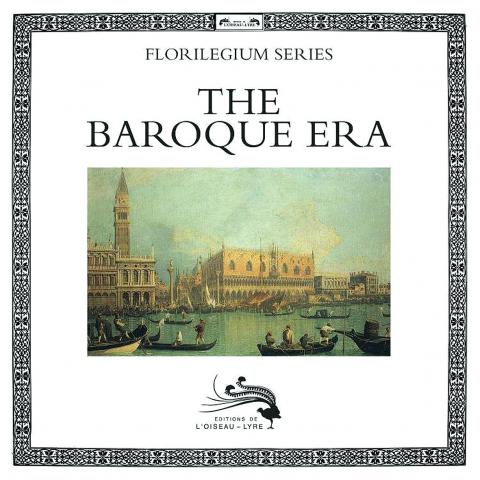
Christopher Hogwood’s 1991 recording of Handel’s 1733 opera Orlando is included. The work is rightly considered a masterpiece, despite being neglected after a few initial performances and not revived until the 1920s.
Hogwood’s recording, with a star cast including Emma Kirkby, is notable, and has also been issued separately on two CDs by Australian Eloquence (ELQ 4808813).
However, a dramatic new rendering under Rene Jacobs, with the celebrated US counter-tenor Bejun Mehta as Orlando, must now be first choice (DG Archiv 4792199). Only issued in May this year, and more expensive than the old Hogwood recording, it scores highly on account of dramatic intensity, strong characterization, and an intense vividness of sound.
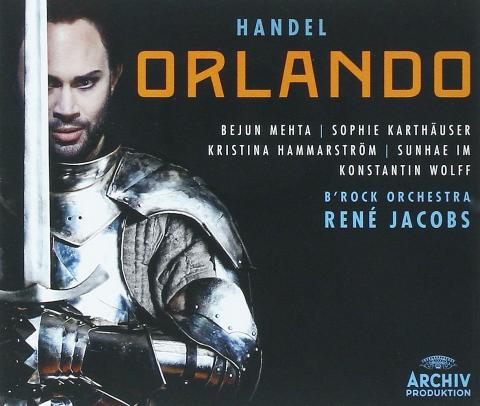
To get the flavor of this extraordinary music, and Bejun Mehta’s equally extraordinary talent, watch him on YouTube singing an aria from Orlando, also with Rene Jacobs on the podium, at a concert in Frieburg in 2010. The aria is Fammi combattere (‘Let me fight‘) and the applause lasts almost exactly as long as the music. It’s uploaded by nt7006036662.
Orlando, incidentally, is Italian for Roland, the central character in the ancient French chanson de geste (‘song of heroic deeds’) The Song of Roland. Centuries later the Italian poet Ludovico Ariosto took the character and sent him on fantastic and often absurd adventures in his immensely long poem Orlando furioso (‘Mad Orlando’, 1532). One of these adventures involved his love for a princess, Angelica, and his madness when she didn’t return his feelings. This episode forms the basis for Handel’s opera.
It’s some time since we reviewed anything from Video Artists International, the admirable label that seeks out and re-issues old TV items, often in black-and-white and frequently from Canada.
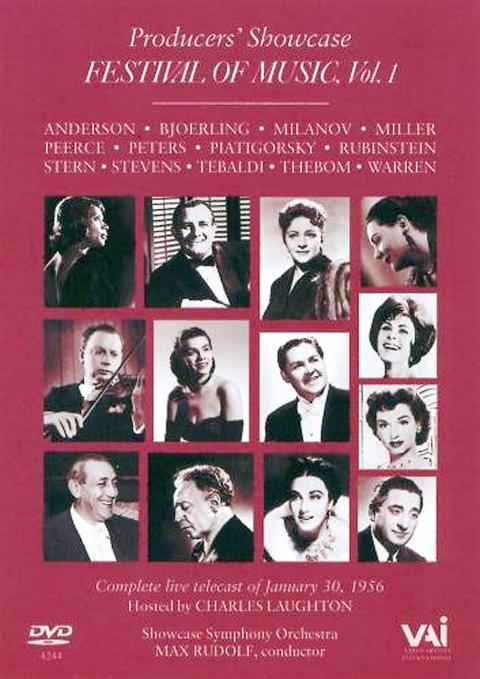
One interesting offering is of a gala concert on US TV given in January 1956. Containing only classical items, it was apparently the first of its kind to be televised. Fees were stellar compared with those for stage appearances, and the whole thing was held together, with occasional lapses, with commentary by the UK actor Charles Laughton.
You see it in black-and-white, although the original TV program was transmitted in color. Only English subtitles are available, but there is a welcome option that allows you to see the musical items but not the advertisements.
Featured artists include tenor Jussi Bjoerling, soprano Renata Tebaldi, violinist Isaac Stern and pianist Artur Rubinstein. VAI have located some high quality tapes of the occasion, and the DVD contains the only visual example of the Croatian soprano Zinka Milanov performing in existence.
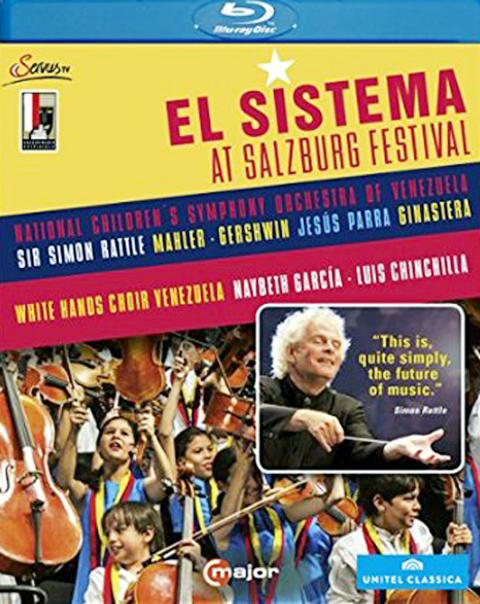
I was most struck by Stern playing the last movement of Mendelssohn’s Violin Concerto — such manic energy is breath-taking to behold. Next in splendor came Tebaldi and Bjoerling in the final 15 minutes of Act One of La Boheme, while Rubinstein playing Chopin’s famous Polonaise in A Flat was predictably astonishing.
The National Children’s Symphony Orchestra of Venezuela is one of the many products of that country’s extraordinary sistema (‘system’) under which well over 300,000 schoolchildren play classical music in, among other things, 31 symphony orchestras. Last year they performed at the Salzburg Festival under various conductors, and a DVD is now available of which the highlight is their performance of Mahler’s Symphony No 1 under the baton of Simon Rattle.
Rattle has gone on record as saying that when he first conducted them he couldn’t believe that children as young as 9, and never older than 14, could not only play all the notes, but also could make such wonderful music. “This is, quite simply, the future of music,” he said. “Those of you lucky enough to hear the concerts will see why.”
He also credited them with being as good as some world-renowned orchestras, and there was no reason for him to say this if he didn’t mean it. As you watch them you realize that it’s not only youthful enthusiasm that marks them out, but simple professionalism as well. The orchestra looks to be about twice the size of a conventional one, so if one person forgets to play, you feel, his or her lapse will be drowned out by the huge numbers who don’t. But joking apart, this is a wonderful DVD.

In the next few months tough decisions will need to be made by the Taiwan People’s Party (TPP) and their pan-blue allies in the Chinese Nationalist Party (KMT). It will reveal just how real their alliance is with actual power at stake. Party founder Ko Wen-je (柯文哲) faced these tough questions, which we explored in part one of this series, “Ko Wen-je, the KMT’s prickly ally,” (Aug. 16, page 12). Ko was open to cooperation, but on his terms. He openly fretted about being “swallowed up” by the KMT, and was keenly aware of the experience of the People’s First Party
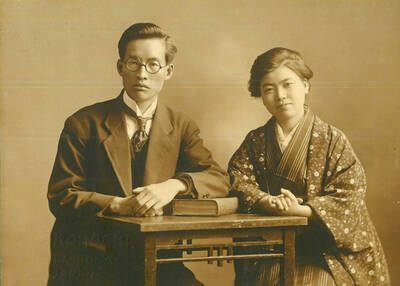
Aug. 25 to Aug. 31 Although Mr. Lin (林) had been married to his Japanese wife for a decade, their union was never legally recognized — and even their daughter was officially deemed illegitimate. During the first half of Japanese rule in Taiwan, only marriages between Japanese men and Taiwanese women were valid, unless the Taiwanese husband formally joined a Japanese household. In 1920, Lin took his frustrations directly to the Ministry of Home Affairs: “Since Japan took possession of Taiwan, we have obeyed the government’s directives and committed ourselves to breaking old Qing-era customs. Yet ... our marriages remain unrecognized,

Not long into Mistress Dispeller, a quietly jaw-dropping new documentary from director Elizabeth Lo, the film’s eponymous character lays out her thesis for ridding marriages of troublesome extra lovers. “When someone becomes a mistress,” she says, “it’s because they feel they don’t deserve complete love. She’s the one who needs our help the most.” Wang Zhenxi, a mistress dispeller based in north-central China’s Henan province, is one of a growing number of self-styled professionals who earn a living by intervening in people’s marriages — to “dispel” them of intruders. “I was looking for a love story set in China,” says Lo,

Standing on top of a small mountain, Kim Seung-ho gazes out over an expanse of paddy fields glowing in their autumn gold, the ripening grains swaying gently in the wind. In the distance, North Korea stretches beyond the horizon. “It’s so peaceful,” says the director of the DMZ Ecology Research Institute. “Over there, it used to be an artillery range, but since they stopped firing, the nature has become so beautiful.” The land before him is the demilitarized zone, or DMZ, a strip of land that runs across the Korean peninsula, dividing North and South Korea roughly along the 38th parallel north. This